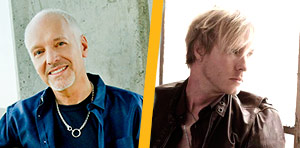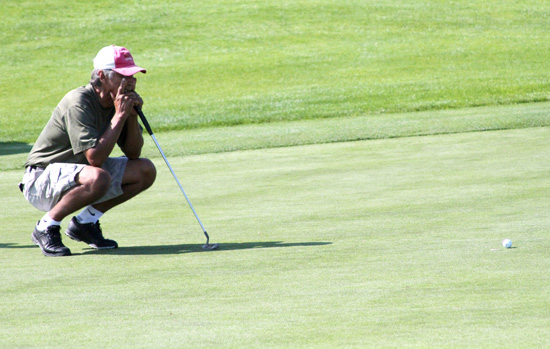Source: Indian Country Today Media Network
It’s not the first time Sherman Alexie’s The Absolutely True Diary of a Part-Time Indian has been scrutinized for its mature themes. This time it’s New York parents saying their sixth graders aren’t ready for the content in the book and have asked that it no longer be required summer reading.
“It’s about… masturbation—which is not appropriate for my child to learn at 11,” Kelly-Ann McMullan-Preiss, 39, of Belle Harbor, who refused to let her son read the book, told the New York Daily News. “It was like ‘Fifty Shades of Grey’ for kids.”
At least eight parents planned to boycott the book, Parent Teacher Association co-president Irene Dougherty told the Daily News.
But before that was necessary, Public School/Middle School 114 in Rockaway Park, Queens announced on July 31 that the book would no longer be required summer reading. Prior to that announcement, incoming sixth graders had been expected to write an essay on the book, reported the Daily News.
McMullan-Preiss told the newspaper she didn’t want a book deciding when she would have the awkward conversation about masturbation with her son.
“And if God hadn’t wanted us to masturbate, then God wouldn’t have given us thumbs. So I thank God for my thumbs,” a line in the book says.
The book has come under scutiny before. The autobiographical story of a 14-year-old Native teen who explores questions of community, identity and tribe as he assimilates into a white, off-rez school has repeatedly been on the American Library Association’s list of most-challenged books. Though in 2012, it slipped from number two to number five on the list. It was cited for “offensive language, racism, religious viewpoint,” and for being “sexually explicit, unsuited to age group.”
RELATED: Sherman Alexie’s Absolutely True Diary Makes ALA’s Most-Challenged List Again
The book has also been rewarded heavily, winning the 2007 National Book Foundation Award for Young People’s Literature. The book also appears repeatedly on the Best of BookUp Selections for 2013—these are chosen by students at middle schools.
In 2011, Alexie (Spokane/Coeur d’Alene) wrote a piece for the Wall Street Journal in defense of not only his book, but others with mature themes, titled “Why the Best Kids Books Are Written in Blood.”
“I write books for teenagers because I vividly remember what it felt like to be a teen facing everyday and epic dangers,” he wrote. “I don’t write to protect them. It’s far too late for that. I write to give them weapons—in the form of words and ideas—that will help them fight their monsters. I write in blood because I remember what it felt like to bleed.”
He defending his book back in 2008 as well when it was pulled from an Oregon classroom.
“Everything in the book is what every kid in that school is dealing with on a daily basis, whether it’s masturbation or racism or sexism or the complications of being human,” Alexie told The Bulletin, an Oregon newspaper. “To pretend that kids aren’t dealing with this on an hour-by-hour basis is a form of denial.”
While Teri Lesesne, who teaches young adult literature at Sam Houston State University in Huntsville, Texas, feels everyone should read the book at some point, “I’m not sure I’d give it to sixth-graders,” she told the Daily News. “I’m not sure sixth-graders are young adults.”
Read more at https://indiancountrytodaymedianetwork.com/2013/08/01/frank-sex-talk-gets-sherman-alexies-book-yanked-reading-list-150682














